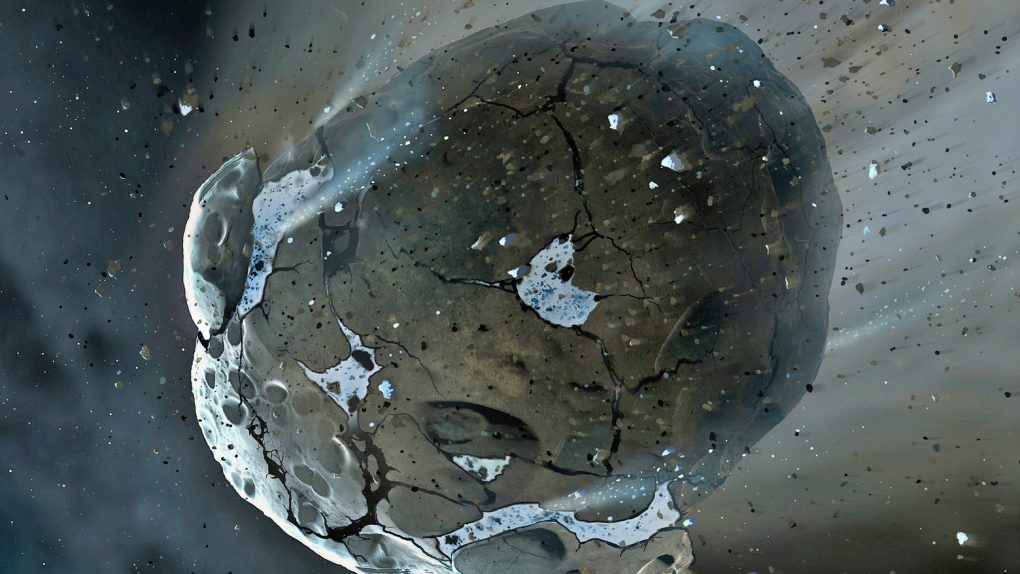- NASA is sending a spacecraft to slam into the side of a tiny asteroid in 2022.
- The asteroid is part of a binary pair, and it just got a new name.
- The mission could help NASA plan for a future where it has to redirect an asteroid to prevent a collision with Earth.
Asteroids are all around us at all times. We hear about the biggest and most dangerous ones on a regular basis, but at the moment we really don’t have any way to protect ourselves if one were to come speeding straight for Earth. NASA is one of the agencies working on ways to save us from a potentially catastrophic collision. The DART mission, which stands for Double Asteroid Redirection Test, will launch in 2021, and will test the feasibility of pushing an asteroid off course by slamming a spacecraft directly into it.
The asteroid DART is targeting is actually a binary pair consisting of a larger rock and a much smaller one. The duo had been collectively known as Didymos, with the smaller “moon” rock being referred to simply as Didymos B. Now, with the mission on the horizon, NASA decided it needed a better naming scheme, so the tiny moon now has its own name: Dimorphos.
Crashing a spacecraft into the side of an asteroid is tricky business, but NASA thinks it has everything worked out. The launch of the mission in 2021 should match up nicely with the approach of the Didymos system in 2022. That’s when the DART spacecraft will make its move, smashing into the smaller rock as astronomers on Earth keep a close eye on how things change.
The idea here is pretty straightforward: A kinetic impactor like a small spacecraft could be deployed well in advance of an asteroid posing a threat to Earth. When it smashes into the rock, the immediate change in the asteroid’s trajectory may be small, but it will be amplified over time, and by the time the asteroid would have hit our planet, it ends up missing by a safe distance.
At the moment, it’s one of the leading theories as to how best to avoid an asteroid strike if we can see one coming in the future. It wouldn’t do us much good if we can’t spot the space rock from afar, but NASA and other space agencies do a great job of detecting the larger, more potentially dangerous rocks well in advance of them posing and potential danger to Earth.
As for why NASA decided that the smaller moon needed its very own name, the DART team has some very specific reasons. ““Dimorphos, which means ‘two forms,’ reflects the status of this object as the first celestial body to have the ‘form’ of its orbit significantly changed by humanity — in this case, by the DART impact,” Kleomenis Tsiganis, a DART team member, said in a statement. “As such, it will be the first object to be known to humans by two, very different forms, the one seen by DART before impact and the other seen by the European Space Agency’s (ESA) Hera, a few years later.”
We’ll have to wait a bit before we fully understand how the impact affected the tiny asteroid moon, but it could provide NASA and scientists with vital information and maybe even save lives years down the road.








